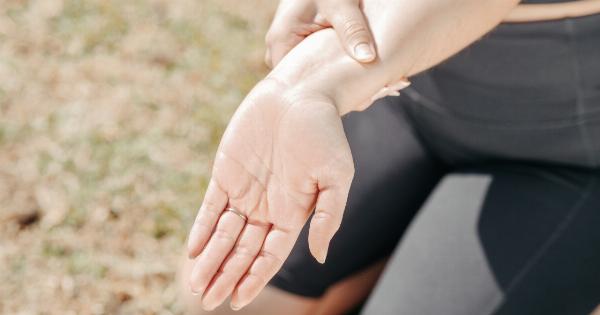Stretching is an essential part of any exercise routine, as it helps improve flexibility, increase range of motion, prevent injuries, and enhance overall athletic performance.
However, it’s crucial to stretch correctly to reap the maximum benefits while avoiding unnecessary strain or injury. In this article, we’ll provide expert advice on stretching techniques, tips, and precautions to ensure you stretch safely and effectively.
1. Warm Up First
Before you start stretching, it’s essential to warm up your muscles. Engage in a five to ten-minute aerobic activity such as jogging, cycling, or jumping jacks.
This increases blood flow to your muscles and prepares them for the stretching exercises to follow.
2. Dynamic vs. Static Stretching
There are two primary types of stretches: dynamic and static. Dynamic stretching involves moving parts of your body through a full range of motion. It helps warm up the muscles, prepares them for movement, and improves flexibility.
Examples of dynamic stretches include arm circles, leg swings, and walking lunges.
Static stretching, on the other hand, involves holding a stretch for a prolonged period, usually 15-60 seconds.
Static stretches are beneficial for increasing flexibility and should be done at the end of your workout or physical activity when your muscles are warm. Common static stretches include toe touches, hamstring stretches, and shoulder stretches.
3. Focus on Major Muscle Groups
When stretching, it’s important to target the major muscle groups in your body. These include your quadriceps, hamstrings, calves, chest, back, shoulders, and neck.
By stretching these areas, you improve overall flexibility and prevent muscle imbalances.
4. Start Slow and Progress Gradually
Begin your stretching routine with gentle movements and gradually increase the intensity and duration of each stretch. Pushing too hard or trying to force a stretch can lead to muscle strains or other injuries. Listen to your body and respect its limits.
5. Breathe and Relax
While stretching, take slow, deep breaths and focus on relaxing your muscles. Avoid holding your breath, as it can cause tension and limit the stretch’s effectiveness.
Exhale as you reach the stretch’s endpoint and hold the position for the recommended duration.
6. Stretch Both Sides Equally
Ensure that you stretch both sides of your body equally to maintain balance and symmetry. If you’re holding a stretch for 30 seconds on one side, make sure to do the same on the other side.
This helps prevent muscle imbalances and reduces the risk of injuries.
7. Avoid Bouncing or Jerking Movements
When stretching, avoid bouncing or jerking movements, as they can strain your muscles and cause injury. Instead, perform smooth and controlled movements, maintaining a steady stretch throughout the exercise.
Bouncing can trigger the stretch reflex, causing your muscles to contract or tighten involuntarily.
8. Tailor Stretches to your Activity
The stretches you do should be specific to the activity you’re about to engage in. For instance, if you’re a runner, focus on leg stretches that target your quadriceps, hamstrings, and calves.
If you’re a tennis player, incorporate stretches that address your shoulders, wrists, and upper body.
9. Don’t Overlook the Upper Body
Many people emphasize lower body stretches and neglect the upper body. However, if you engage in activities that involve your upper body, such as swimming, rock climbing, or weightlifting, it’s crucial to stretch those muscles as well.
Stretch your arms, shoulders, chest, and back regularly to maintain flexibility and prevent imbalances.
10. Listen to Your Body
Ultimately, the most important piece of advice is to listen to your body. If a stretch causes pain or discomfort beyond a gentle pulling sensation, stop immediately. Modify the stretch or try a different one that targets the same muscle group.
Your body knows best, so pay attention to its signals.































